In the ever-changing landscape of digital marketing, Google Ads remains a powerful platform for businesses to reach new customers and grow their revenue. However, to truly maximize your Return on Investment ROI, it is crucial to implement effective strategies that optimize your ad spending. In this post, we will explore best practices for Google Ads campaigns, focusing on keyword targeting, ad copy creation, performance analytics, and more to ensure that your investment pays off.
Understanding Google Ads and ROI
Before diving into strategies, let us clarify what Google Ads is and how it plays a role in achieving a good ROI. Google Ads, formerly known as AdWords, is an online advertising platform that allows businesses to promote their products and services on Google’s search engine and other affiliated websites. The beauty of Google advertising lies in its ability to target specific audiences and in its pay-per-click PPC model, where you only pay when someone clicks on your ad.
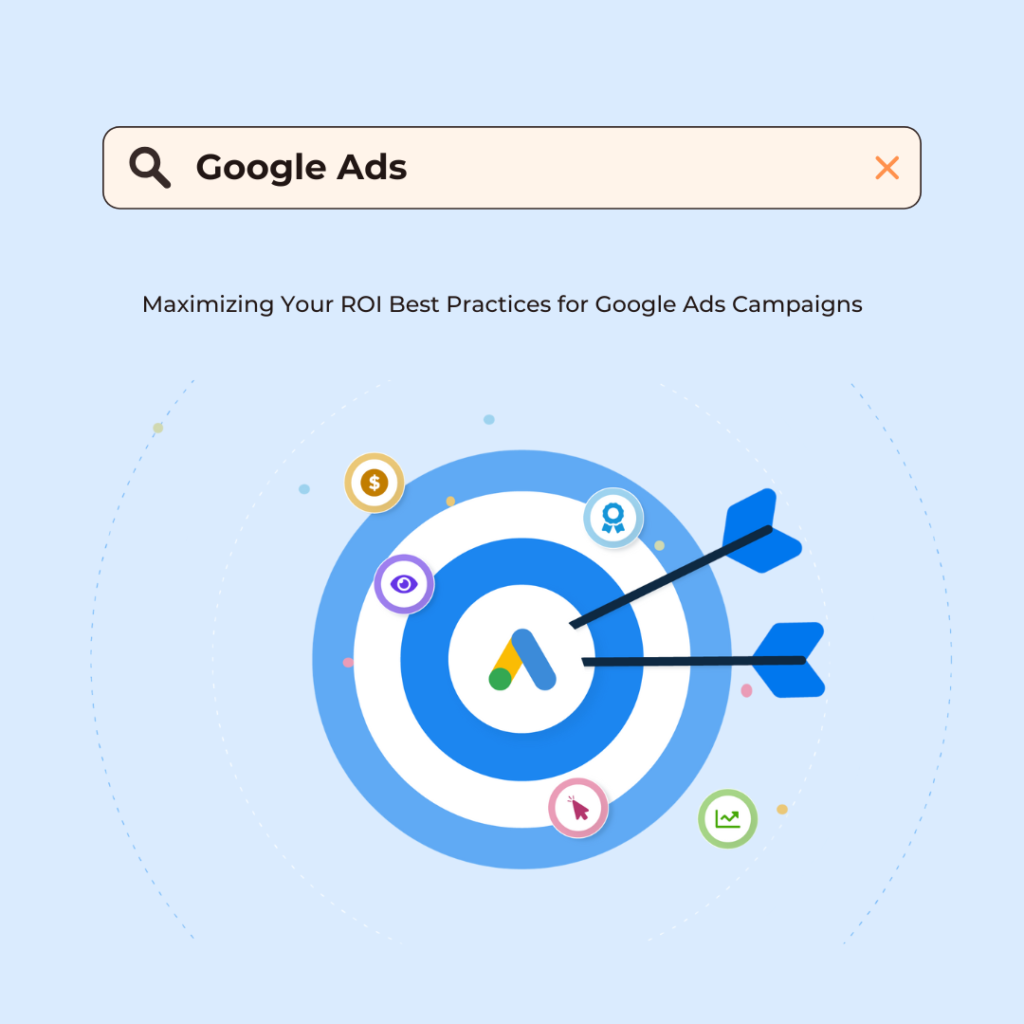
Maximizing ROI in this context means making the most out of every dollar spent to not just recoup your investments but to exceed them through effective ad campaigns.
Best Practices for Google Ads Campaigns
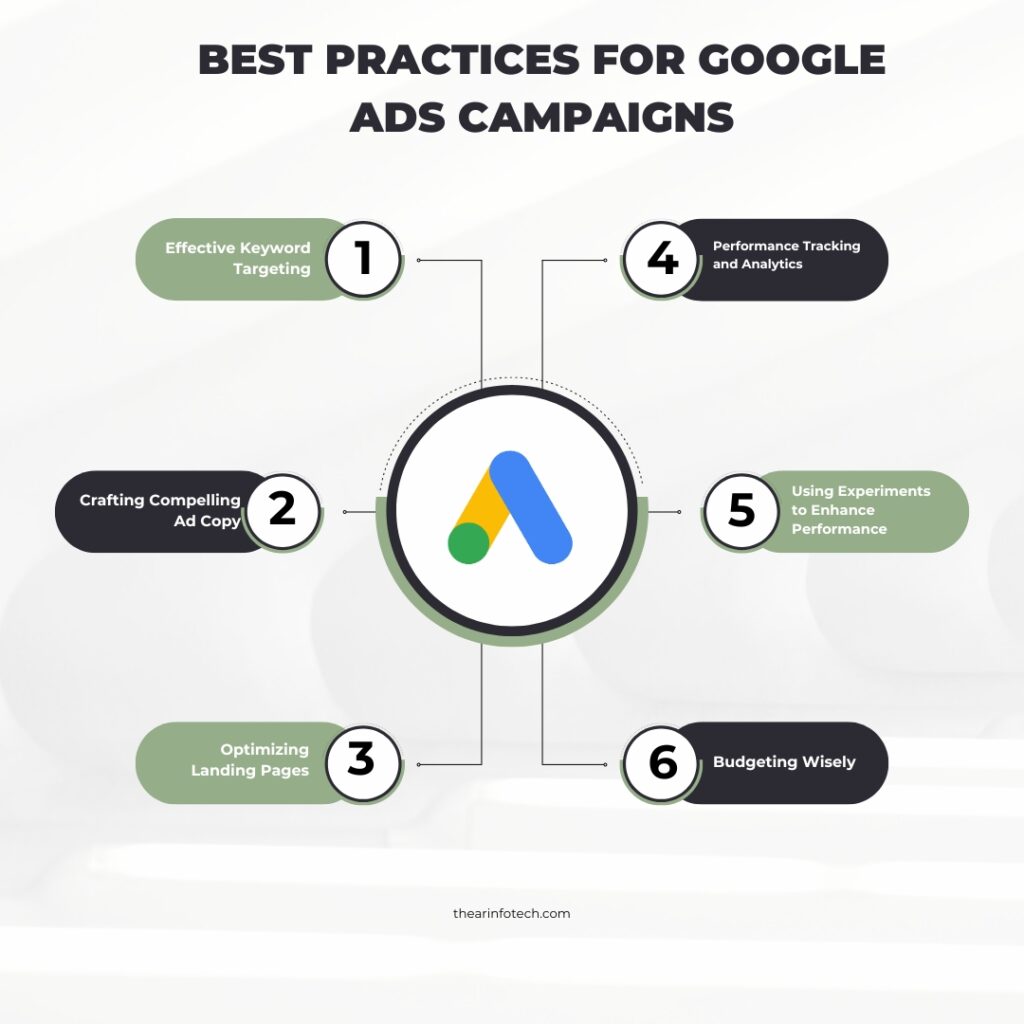
- Effective Keyword Targeting
Keyword targeting is the backbone of any successful Google Ads campaign. Here is how to optimize it
- Conduct Thorough Keyword Research Use the Google Keyword Planner to identify keywords relevant to your business. Look for a mix of high-volume and long-tail keywords that indicate purchase intent.
- Focus on Intent Ensure you are targeting keywords that align with the stages of the buyer’s journey. For instance, terms like buy, purchase, or order indicate a high intent to purchase, while informational keywords may not convert as effectively.
- Utilize Negative Keywords Negative keywords prevent your ads from showing for specific terms that are not relevant to your offering. This helps avoid unnecessary clicks and reduces wasted spend.
- Segment Keywords into Ad Groups Organize your keywords into tightly themed ad groups. This segmentation ensures that your ads are closely aligned with the search queries and increases relevancy, which can improve Quality Score.
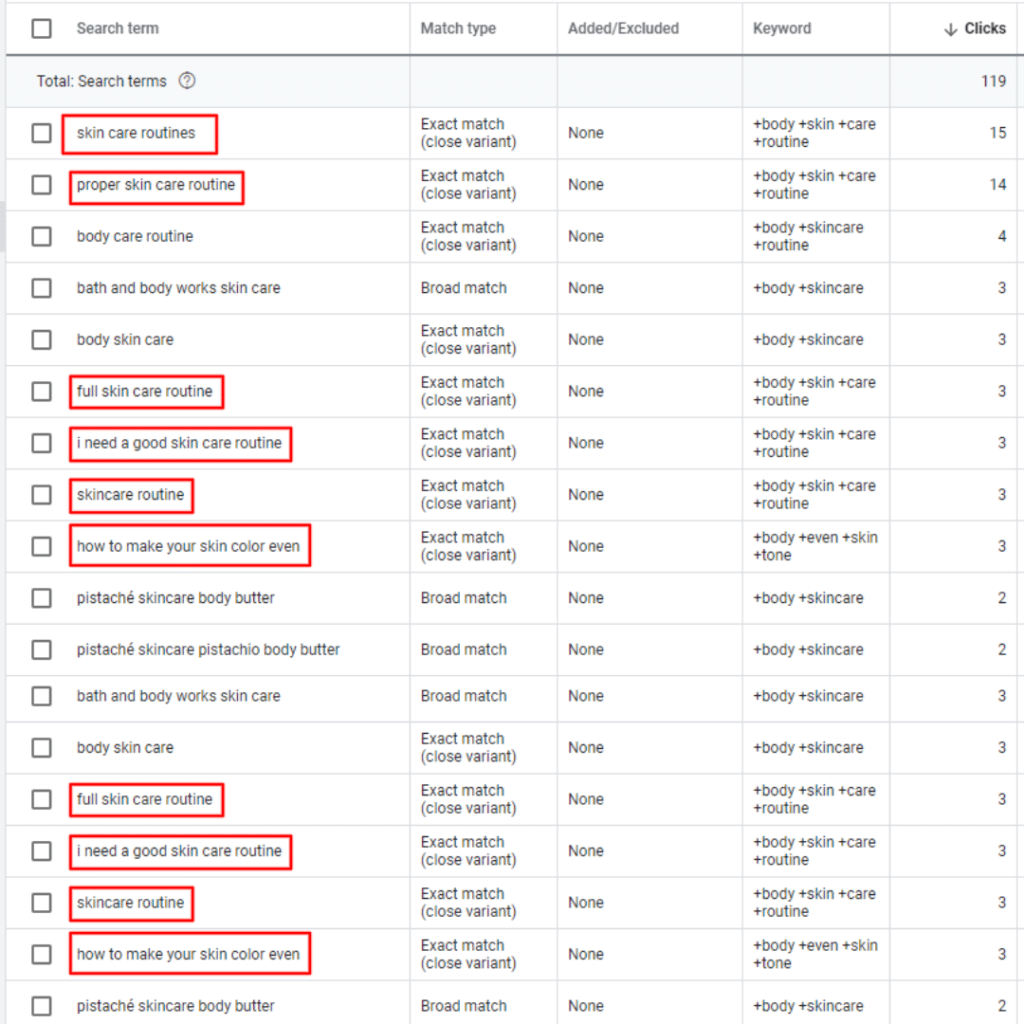
- Crafting Compelling Ad Copy
Your ad copy is often the first interaction a potential customer has with your brand, making it critical for converting clicks into customers. Here are some tips for writing effective ad copy
- Highlight Unique Selling Propositions USPs Clearly articulate what sets your products or services apart from the competition. Include features, benefits, or special offers that can grab attention.
- Use Actionable Language Incorporate strong CTAs Call to Action in your ad text. Phrases like Shop Now, Get Started Today, or Sign Up Free compel users to take the next step.
- Utilize Ad Extensions Ad extensions enhance the visibility of your ads by providing additional information, such as site links, phone numbers, or callouts. This extra real estate can increase click-through rates CTR and improve overall ad performance.
- AB Testing Ad Variations Create multiple versions of your ads to see which ones perform better. AB testing can help you discover effective messaging, formats, and CTAs.

- Optimizing Landing Pages
Once a user clicks on your ad, they will land on a webpage. To maximize conversions, ensure that this landing page is optimized
- Maintain Relevance The content of your landing page should closely match the promise made by the ad. If a user clicks on an ad for a specific product, they should be directed to that product’s page rather than a generic homepage.
- Design with User Experience in Mind A clean, easy-to-navigate layout will enhance the user experience, making it easier for visitors to find the information they need and encouraging them to convert.
- Include Clear CTAs Just like in your ads, make sure your landing page has prominent CTAs. The goal is to guide users towards a conversion.
- Mobile Optimization Ensure that your landing pages are optimized for mobile devices, as a significant portion of searches and subsequent clicks occur on smartphones.
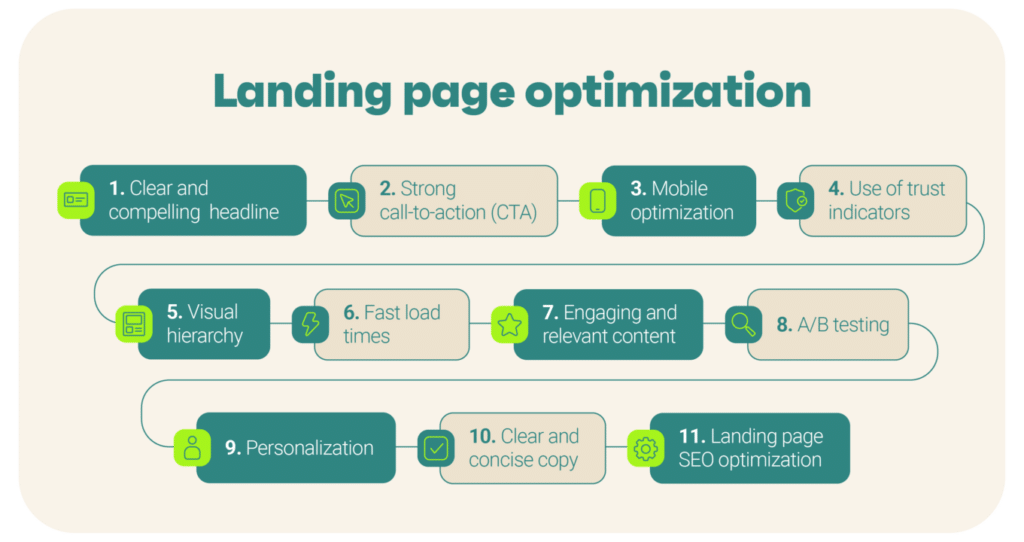
- Performance Tracking and Analytics
Utilizing Google Ads analytics is crucial for understanding how your campaigns are performing and where improvements can be made. Here is how to do it effectively
- Set Clear Goals Define what success looks like for each campaign, whether it be sales, leads, sign-ups, or other metrics. Setting realistic performance goals helps gauge the effectiveness of your ads.
- Utilize Conversion Tracking Implement conversion tracking in Google Ads to measure what happens after a user clicks your ad. This will provide valuable insights into how effectively your ads lead to desired actions.
- Analyze Key Metrics Regularly review important metrics, including CTR, Cost per Click CPC, Quality Score, and conversion rates. This data helps identify underperforming ads and areas needing optimization.
- Leverage Google Analytics Integrate Google Ads with Google Analytics to gain deeper insights into user behavior on your website. This information can inform future campaigns and ad strategies.
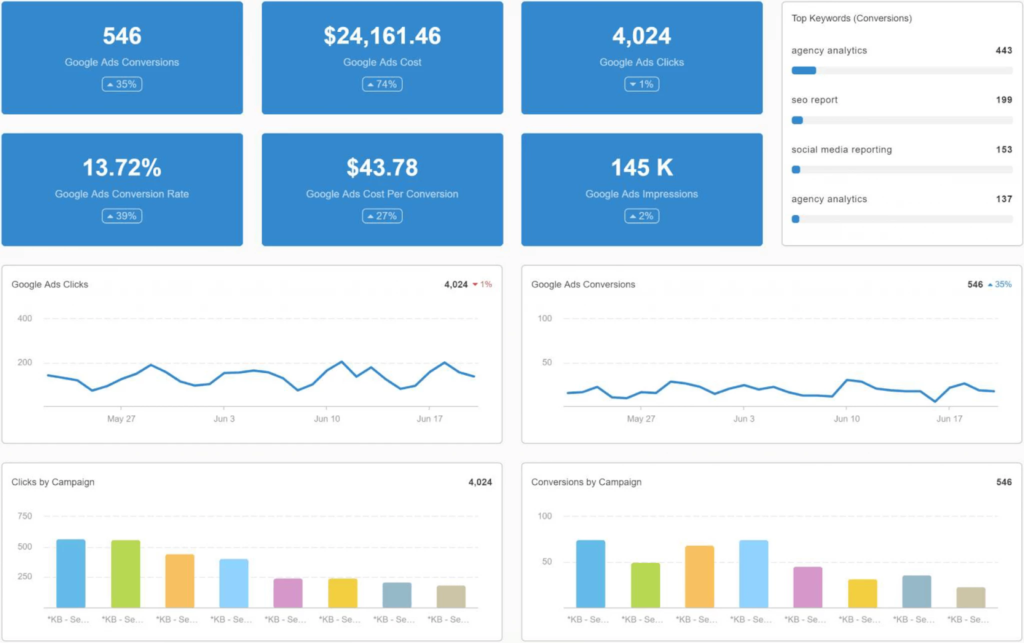
- Using Experiments to Enhance Performance
Google Ads provides testing and experimentation features that allow you to try new strategies while minimizing risk
- Run Experiments Utilize Google Ads’ feature for running split tests on campaigns. This allows you to compare variations side by side to see which performs better.
- Make Data-Driven Decisions Use insight gained from experiments to iterate on your ads constantly. Adjust bids, change targeting, or refine ad copy based on solid data.
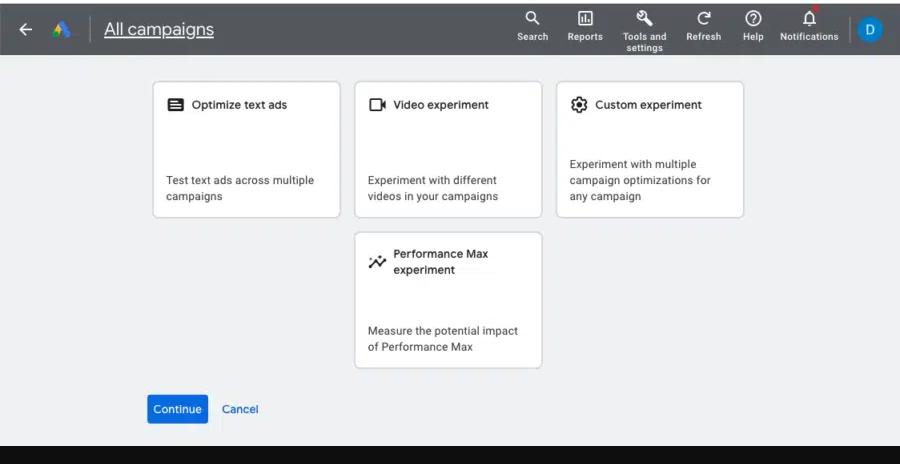
- Budgeting Wisely
Allocating your budget effectively is paramount to maximizing ROI in Google Ads
- Set Realistic Budgets Understand your overall advertising goals and set budgets accordingly. Be prepared to adjust based on campaign performance.
- Use Automated Bidding Strategies Google Ads offers several automated bidding strategies designed to optimize your bids to achieve specific objectives. These can help ensure that you are getting the most out of your budget.
- Monitor and Adjust Regularly review your budget allocation. If certain campaigns are performing better in terms of ROI, consider reallocating funds for optimal performance.
- Continuous Learning and Adaptation
The digital landscape is dynamic as such, continuous learning is vital for success
- Stay Updated on Trends Follow industry blogs, attend webinars, and participate in forums to stay informed about the latest trends and updates in Google Ads.
- Seek Feedback and Learn from Competitors Analyze competitors’ ads to identify successful strategies and learn from their successes and mistakes.
- Iterate and Optimize Use insights from analytics and experiments to continuously optimize and enhance your campaigns. Digital marketing is about adapting always be ready to change tactics if results are not meeting expectations.
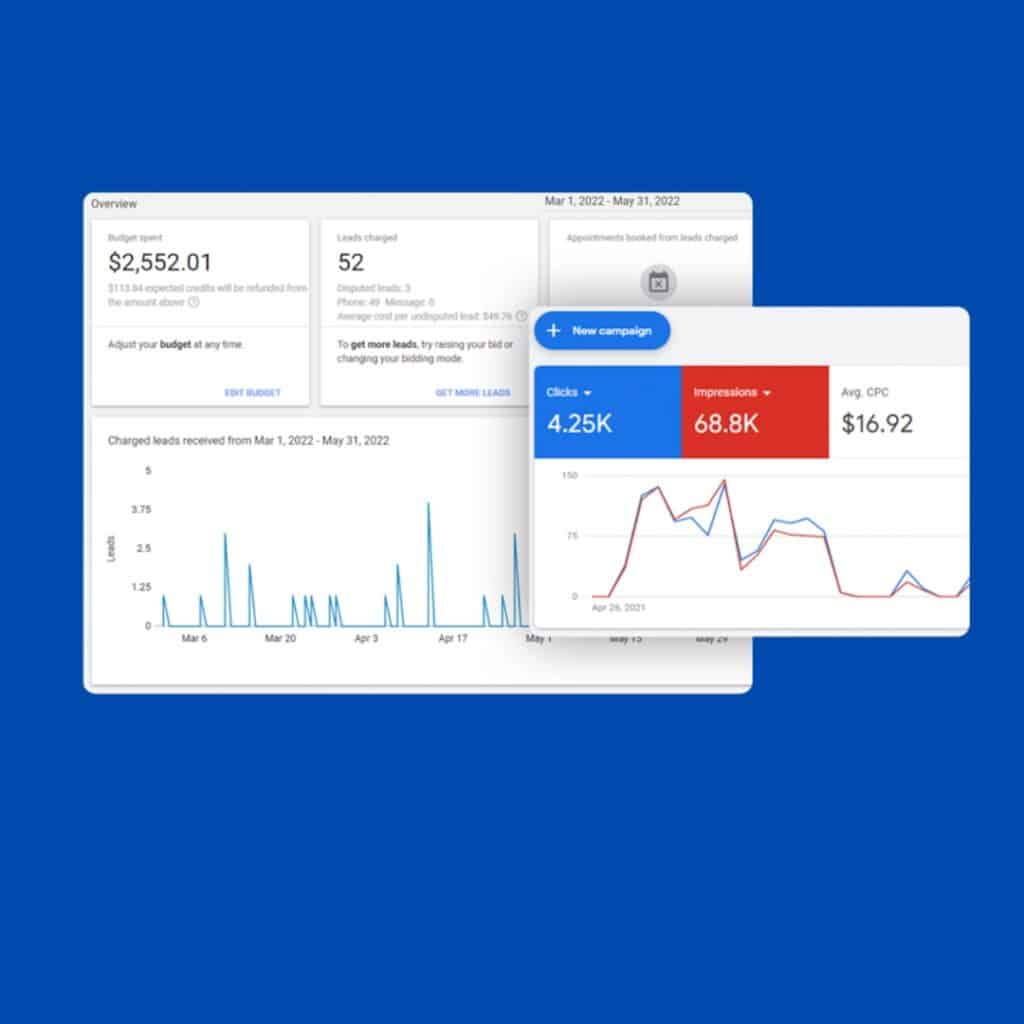
Conclusion
Maximizing your ROI in Google Ads is a multifaceted endeavor that requires careful planning, execution, and ongoing optimization. By implementing effective keyword targeting, crafting compelling ad copy, utilizing performance analytics, and continuously learning, you can significantly enhance the effectiveness of your Google advertising efforts. Whether you are new to Google Ads or looking to refine existing campaigns, following these best practices will ensure that your advertising dollars work harder for you and drive greater success in achieving your business goals.


